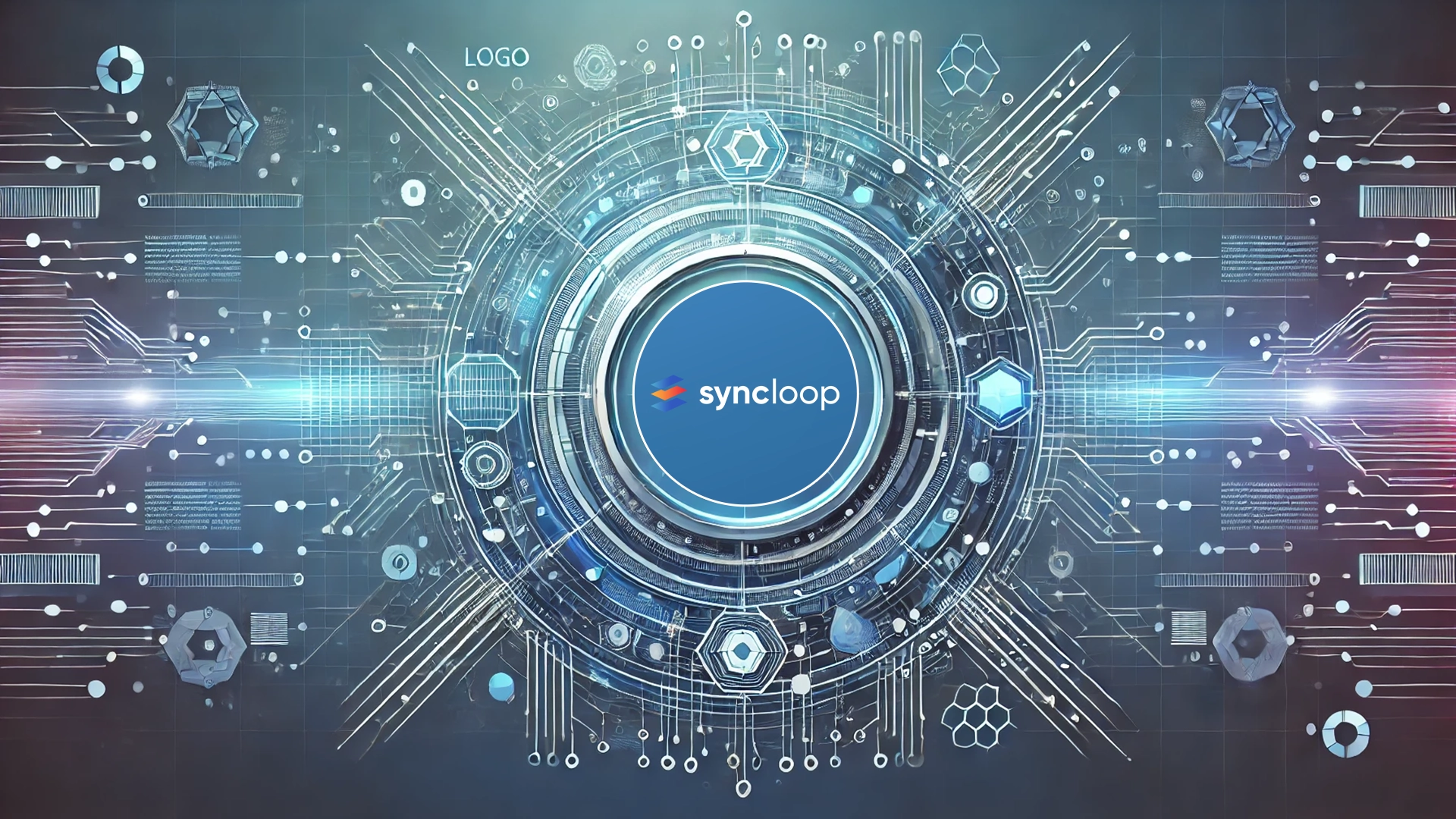How Syncloop Enhances API Usability for Non-Developers

Why API Usability for Non-Developers Matters
Empowering non-developers with API access:
- Speeds up decision-making by reducing reliance on technical teams.
- Enables business stakeholders to experiment with data-driven solutions.
- Enhances collaboration between technical and non-technical teams.
- Expands the potential user base of the API.
Features of Syncloop That Enhance API Usability for Non-Developers
- Intuitive No-Code Interface
- Syncloop offers a drag-and-drop interface for building and testing APIs.
- Non-developers can create workflows and endpoints without writing code.
Example: A marketing manager can set up an API integration with a CRM system to pull customer data without needing coding skills.
- Pre-Built Templates and Modules
- Syncloop provides ready-to-use API templates for common use cases.
- Users can customize these templates to suit their specific requirements.
Example: Use a pre-built template for sending bulk email campaigns through an API integration.
- Interactive Documentation
- Syncloop’s interactive API documentation allows users to explore API capabilities easily.
- Users can make sample requests and view responses directly in the documentation.
Example: A product manager can test a GET /products endpoint to see available product details in real-time.
- Data Visualization Tools
- Syncloop includes tools to visualize API responses in graphs, charts, or tables.
- This helps non-developers understand data patterns and make informed decisions.
Example: A sales analyst can view API response data on monthly revenue in a visual format.
- Integration with Business Tools
- Syncloop supports integrations with tools like Excel, Google Sheets, and Slack.
- Non-developers can import or export data seamlessly between APIs and their daily tools.
Example: A finance team member can pull transactional data from an API directly into Google Sheets for analysis.
- Role-Based Access Control
- Syncloop ensures secure access by allowing administrators to define roles and permissions.
- Non-developers can access only the endpoints they need, with limited risk of unintended changes.
Example: A customer support agent can access APIs for querying order details but not for modifying customer data.
- Error Messages in Plain Language
- Syncloop translates technical error messages into simple, understandable terms.
- This helps non-developers identify and resolve issues independently.
Example: Instead of “400 Bad Request,” a non-developer sees, “The data format is incorrect. Please check the fields and try again.”
- Guided Workflows
- Syncloop provides guided workflows for common tasks, making it easy for non-developers to execute API-related operations.
- These workflows include step-by-step instructions and tooltips.
Example: A business analyst can set up an API workflow for syncing inventory data across platforms using guided instructions.
Benefits of Syncloop for Non-Developers
- Empowerment: Non-developers can independently use APIs to solve business challenges.
- Collaboration: Teams work more cohesively as non-technical members contribute effectively.
- Efficiency: Tasks that once required technical assistance are now completed faster.
- Cost Savings: Reduced dependency on developers for routine API interactions.
Conclusion
Syncloop transforms APIs from developer-centric tools into versatile assets accessible to all. By simplifying API usability, Syncloop empowers non-developers to unlock the full potential of APIs, fostering innovation and efficiency across teams.
Back to Blogs